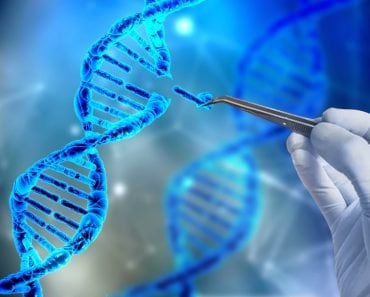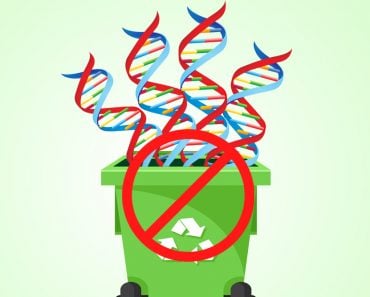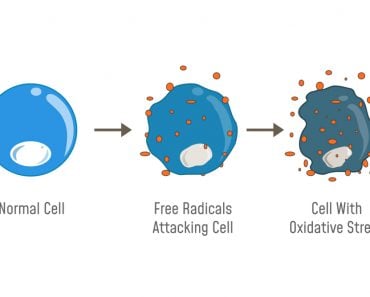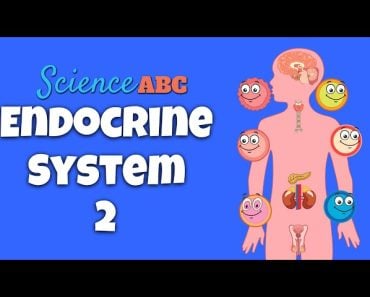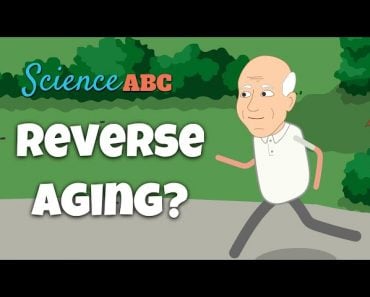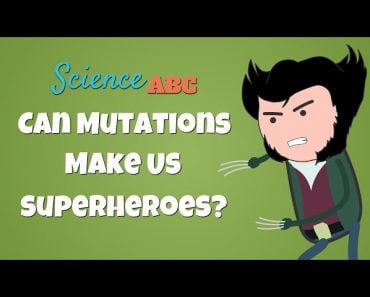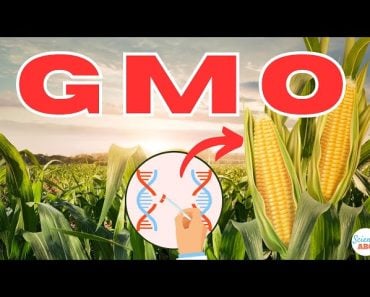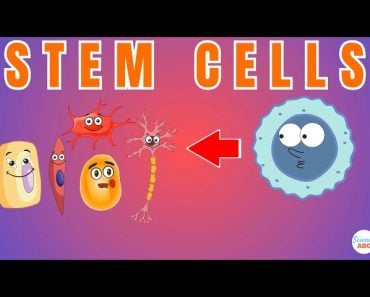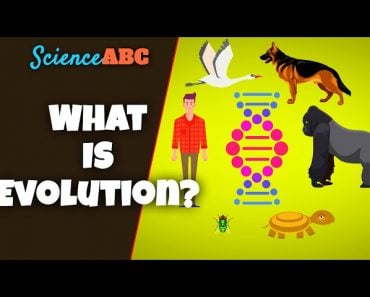Table of Contents (click to expand)
Epigenetics is the changes that are made on top of the DNA (not in the DNA’s main information-containing sequence). Epigenetic changes change the when and where certain proteins are made. Some of these changes can be passed on from parents to offspring.
My response to any stressful situation is simple: I sit in a quiet place until I can better comprehend my feelings. At some point I realized that my method of coping with stress was very similar to that of my mother’s. As we grow older, many of us begin to realize that our everyday habits are similar to our parents. This includes dietary habits, exercise patterns and emotional responses to stress or anxiety.
Such similarities are due to epigenetic factors. Epigenetics has gained a lot of attention in the past few decades due to its non-traditional premise of passing habits and behaviors through generations.
The term was coined way back in 1942, a time when little was known about genes and their hereditary role. Today, it is understood as a mechanism that affects the way a gene is expressed without changing the DNA sequence. Epigenetic factors decide which gene in a particular cell will be expressed and which will be silenced.
Recommended Video for you:
What Is Epigenetics?
Epigenetics is a branch of science that deals with phenotypic changes that manifest without changing the original DNA sequence. A phenotype is the visual expression of a gene(s). A genotype is the set of genes in the DNA responsible for a particular character or trait. A phenotype is like the outer covering of a book, while the genotype is the actual content of the book.
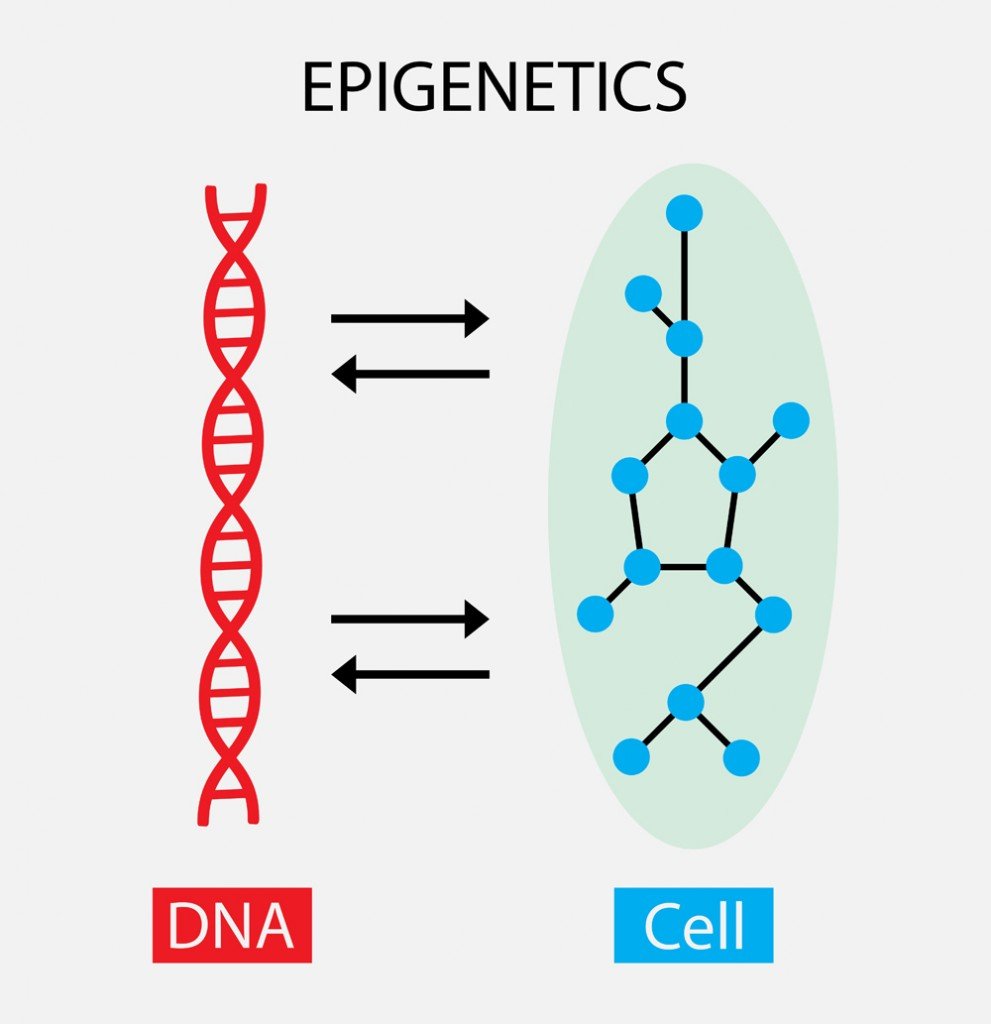
So what’s the difference between genetics and epigenetics? While genetics deals with genes and gene functions, epigenetics focuses more on gene regulation. In a literal sense, it means ‘on top of’ or ‘in addition to’ to genetics.
Most of the cells in our body contain the same sets of genes, but they are dissimilar in their appearance and expression. This is due to the selective expression and repression of genes in that particular cell. That’s why your heart cells look very different from the cells that make up your eye. The mechanism of this differentiation through gene regulation is termed epigenetics.
How Does Epigenetics Work?
Our cells contain a set of genes that make up our DNA. Genes do not directly code for proteins; they are guidelines that direct the formation of proteins. Every cell in the body does not express all the genes; rather, a very sophisticated mechanism controls the expression of genes.
There are a certain set of chemical compounds, called “tags”, that are attached to genes. These tags decide whether a particular protein will be expressed or silenced. Epigenetics controls this expression and ensures that your organs possess differentiated cells, despite having the same set of genes.
Epigenome
This brings us to a new term, epigenome. The epigenome comprises all the chemical tags that are present on an individual’s DNA. The chemical tags are not a part of the original DNA, but are only present on top of it.
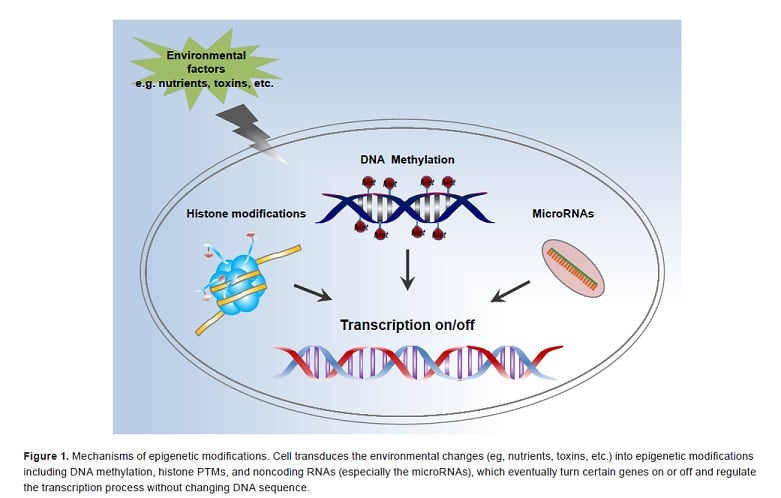
One mechanism by which epigenetic modification takes place is DNA methylation. This is the addition of a methyl group (CH3) to the DNA. The presence of this methyl group regulates the production of a protein from the gene. If the DNA were a sentence, the methyl group would decide where to add a full stop.
DNA contains 4 nucleotides—adenine, guanine, cytosine, and thymine—that are distributed throughout the DNA helix. However, the methyl group doesn’t just randomly attach to any nucleotide of the DNA. The methyl group has a particularly strong affinity for the cytosine nucleotide that precedes a guanine nucleotide. Certain regions in the DNA contain a long stretch of about 1000 nucleotides and have a higher density of cytosine and guanine; these are called CpG islands. These islands are central points for regions that initiate the process of protein formation, known as gene promoters. Thus, the methylation of these islands might result in the stoppage of protein formation and, in turn, the silencing of gene expression.
Now, DNA methylation isn’t the only way epigenetic processes take place in the human body. Another very interesting mechanism that causes epigenetic effects is chromatin modification. The chromatin is a complex structure of proteins called histone proteins and DNA. Chromatin is tightly packed to fit into the nucleus of the cell. Any modification in the chromatin structure influences gene expression.
The DNA is tightly packed in the chromatin with the help of histone proteins, which act like anchors and allow the DNA to wrap around them. The DNA in the chromatin might be tightly or loosely bound. The DNA which is loosely bound is exposed to enzymes that further aid in the formation of proteins.
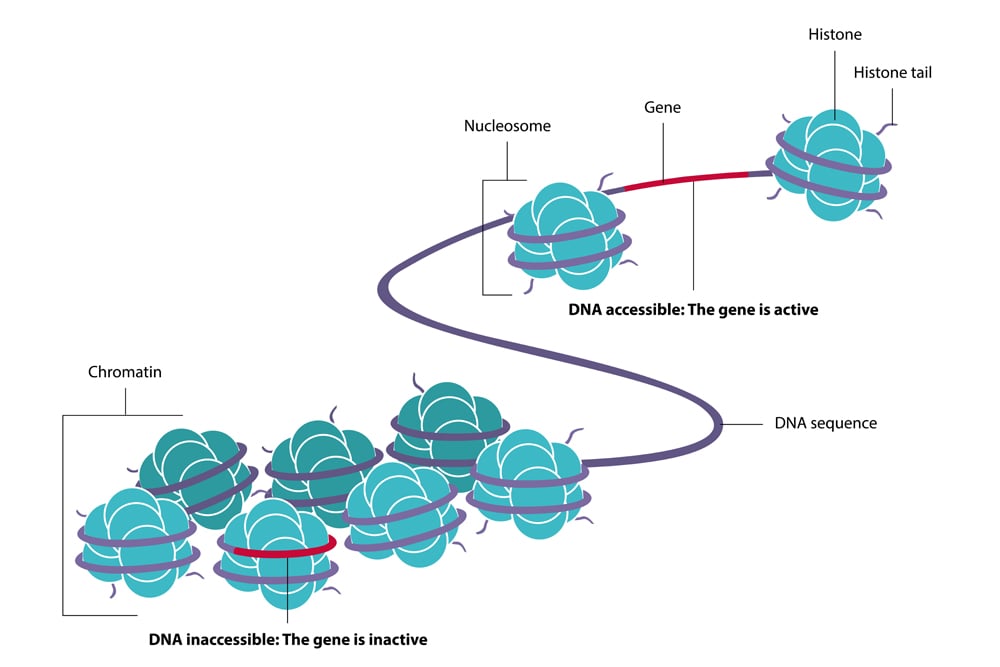
Let’s try and understand the above concept with the help of a rubber band. A twisted rubber band appropriately represents the DNA helix in the chromatin. You can easily run your finger around the smooth curve of the rubber band, but there’s a small glitch when you come towards the twist. Similarly, when the DNA-decoding enzymes run along the DNA, they can easily read the open-chain, but get stuck when they arrive at the twist. Thus, all the genes present at this twist are automatically silenced.
Moreover, the effect of an epigenetic change is not restricted to a single generation. Studies have shown that epigenetic modifications are hereditary and, at times, are also driven by a person’s environment.
What Is Epigenetic Inheritance?
Epigenetic inheritance goes against the conventional idea that inheritance is strictly limited to DNA. Transgenerational epigenetic inheritance is the transmission of the epigenome or epigenetic markers from one generation to the next without affecting the fundamental structure of DNA.
When the sperm and the egg cell meet, they transfer all their DNA into the zygote. This includes the epigenome. Before the new organism can grow into an adult, all the epigenetic tags are removed by a process called reprogramming.
The removal of epigenetic tags happens twice when the fetus is in the womb, once just after conception, and again sometime between the sixth and eighteenth week of gestation. It is an attempt by the body to ensure that the newborn will begin with a clean slate.
However, there are some instances wherein the epigenetic tags are carried forward as they are. This is referred to as imprinting, wherein a few epigenetic markers get preserved. As a result, perhaps only the mother’s copy or the father’s copy will be used later to form the protein.
The second round of reprogramming removes any repetitive tags to avoid having 2 copies of inactivated or activated genes. The second phase of reprogramming not only involves the removal of old tags, but also the addition of new epigenetic markers.
The addition of epigenetic markers is also influenced by environmental exposure, hormonal imbalances as a result of stress and dietary patterns. If DNA methylation is affected by any of these factors, the addition of epigenetic tags on genes will be consequently affected.

A study done at Washington State University provides some clarity. Rats were used to study the effects of pesticides on the reproductive system. The chemical was injected into pregnant rats during the second week of gestation. Almost all the male offspring had abnormal testes that produced weak sperm. When these male offspring were later mated with female pups, the grandchildren had the same testicular defects as their fathers, despite not being directly exposed to the chemical.
The chemical added in the first generation affected the DNA methylation pattern in both the second and third generations as well. This epigenetic tag for abnormal testes was hereditary and supportive of the hypothesis that exposure to toxins might affect the methylation of DNA at certain crucial points.
Apart from environmental exposure to chemicals and toxins, the personal experiences of a parent can also have a lasting effect on epigenetic factors.
Conclusion
Since its discovery in 1942, epigenetics has received a strong positive response from researchers all over the world. However, due to a lack of substantial evidence, it’s not possible to realize all the implications of epigenetics. Moreover, epigenetic changes are governed by environmental exposures and personal interactions. When the exposures change, there is a possibility that the epigenetic changes might be reversed.
Epigenetics might add another perspective to the way evolution takes place. Epigenetic inheritance could allow an organism to continually change its gene expression without changing its underlying genetic code. However, this is all just conjecture on my part. We’ll simply have to wait for further research and discovery before we can fully recognize the tremendous possibilities of epigenetics!
References (click to expand)
- Skinner, M. K. (2014, July 15). A New Kind of Inheritance. Scientific American. Springer Science and Business Media LLC.
- Weinhold, B. (2006, March). Epigenetics: The Science of Change. Environmental Health Perspectives. Environmental Health Perspectives.
- Moore, L. D., Le, T., & Fan, G. (2012, July 11). DNA Methylation and Its Basic Function. Neuropsychopharmacology. Springer Science and Business Media LLC.
- What is epigenetics?: MedlinePlus Genetics.
- Epigenetics & Inheritance.


